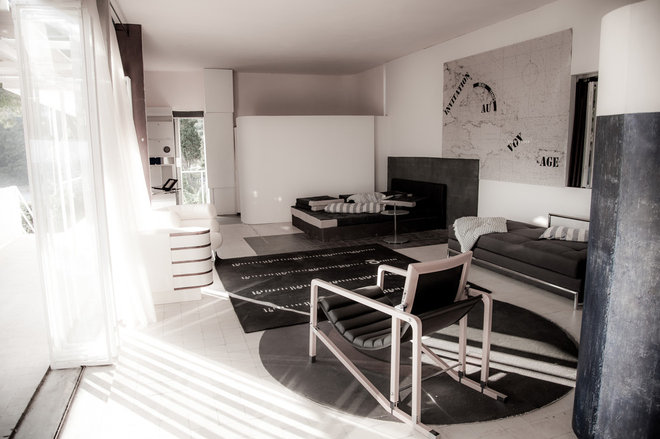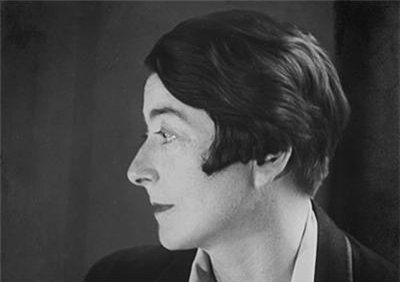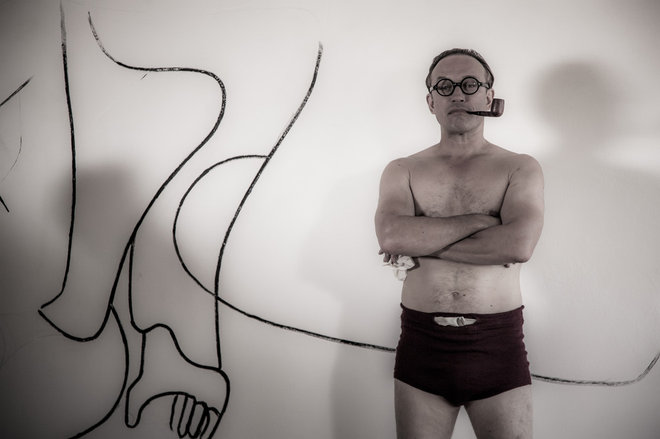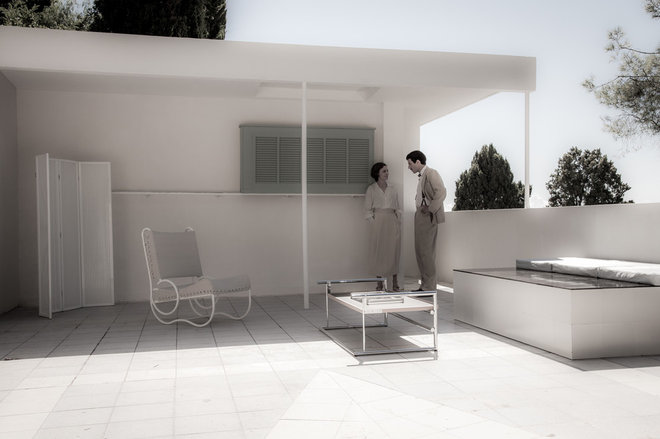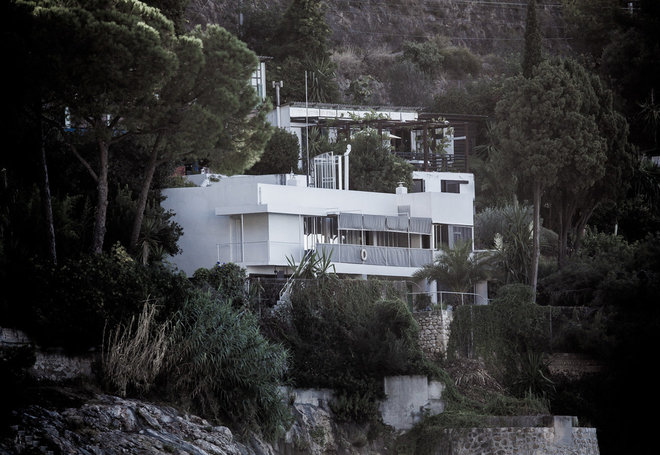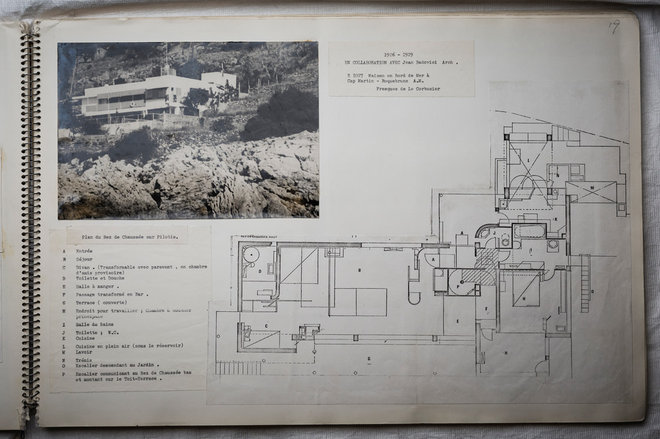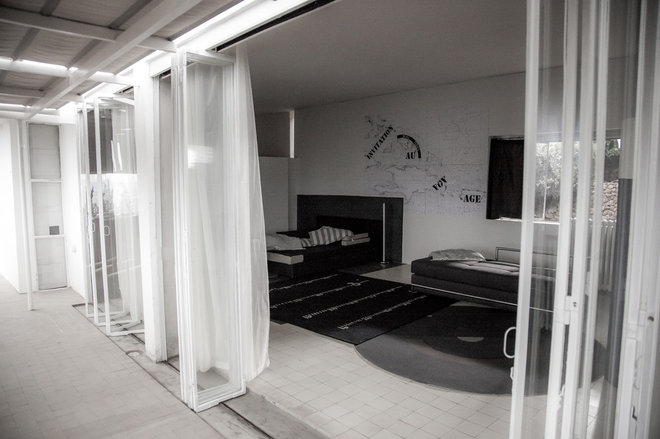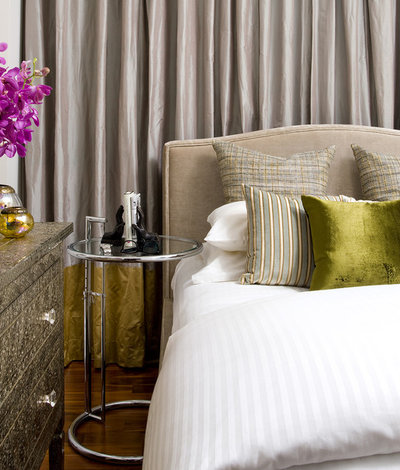The Controversial House ‘That Changed the Way We Live’
A new feature film, along with an accompanying documentary, about the life of Irish designer Eileen Gray not only helped to complete the renovation of this important building but also aims to put the record straight about “the mother of modernism.” The Price of Desire debuted in the U.K. and Ireland on May 27.
The dramatic story of the villa, its designer and its inhabitants starts in the 1920s and continues through much of the 20th century. Controversies included a bisexual love triangle, Nazi occupation during the war, a lively auction to sell the house that involved communist Romania and Aristotle Onassis, a murder in the building’s garden, priceless modernist furniture hurled out of windows, angry graffiti painted on the walls by a naked Le Corbusier — who, years later, drowned in the sea in front of the house.
Popular Stories
For years, Villa E1027 was known as “Le Corbusier’s house,” as it was widely believed to be the work of the renowned Swiss-French architect, designer and painter. Le Corbusier happily encouraged the misconception. But in fact Eileen Gray, pictured here, designed and builtthe house in Roquebrune-Cap-Martin. Gray, also an important furniture designer, had a long-standing feud with Le Corbusier that almost resulted in her being erased from the story of modernism.
But now the life of Gray — who died in 1976 at age 98 — and the impact of her design legacy have been dramatized for the big screen in a film that aims to set the record straight.
“It’s quite a mad story, isn’t it?” says Mary McGuckian, the Irish writer and director of the film. McGuckian says she was drawn to dramatize it for its “universally applicable” theme. “Eileen Gray designed an extraordinary piece of modern architecture that changed the way we live in the modern world and the way we thought about buildings — and Le Corbusier couldn’t stand it.”
Although it’s taken almost 100 years, Gray’s reputation has recovered to the extent that one of her early designs became the most expensive 20th century chair ever to be sold at auction. It went for a jaw-dropping $28.5 million (£19.4 million) in a sale from the home of Yves Saint Laurent and Pierre Bergé in 2009.
Among his many acts to discredit her as the designer, Le Corbusier decided the calming, cool, pale walls would look better covered in his paintings. Without her knowledge, let alone consent, he set about decorating the house in his own style. This, like much of his work, was done in the nude, though the cinematic version has him in knitted swimming trunks.
Also responsible for eroding Gray’s reputation was her philandering lover, Jean Badovici, a Romanian architect and critic, for whom she built the house. Badovici also did little to correct misconceptions about the design of the house, even casually taking some of the credit himself. McGuckian says, “Basically, the guys picked on her and she didn’t get much of a rattle at being a celebrated architect.”
It wasn’t one dramatic event or act of chauvinism that almost consigned Gray to anonymity, McGuckian says, but more “a lifetime of little omissions, acts and disrespect. Add it up over a lifetime and it’s a lot of knocking.”
The house was designed to be in harmony with its surroundings, and every room has a balcony connecting the indoors and out. The main part of the building consists of an open-plan living area and a kitchen, bathroom and bedroom-study. Downstairs, there’s a guest room, maid’s quarters and a bathroom. The roof garden features an outdoor kitchen connected to the cooking space inside the house, an idea that feels modern even today.
The name Villa E1027 was code for Gray and Badovici’s relationship: E for Eileen, 10 for J, the 10th letter of the alphabet, and, following that logic, 2 for B and 7 for G.
A condensed history of the house is tricky, since there are so many twists and turns in the story. But in short, Gray, as an unmarried woman and foreigner, couldn’t legally own the house, so it was put in Badovici’s name, according to McGuckian’s research. The couple intended to live there together, but after they split, ownership became a significant issue.
Badovici died before transferring ownership, and the house went to his only living relative — a nun in Romania. As a nun, she was unable to own property, so the Romanian state took possession and auctioned off the house. It almost went to Aristotle Onassis, but Le Corbusier persuaded a wealthy friend to buy it. This friend was responsible for hurling much of Gray’s furniture out the windows, as it wasn’t to her taste.
The apparently drug-fueled murder of a gardener at the property was another in a long line of dramas at the site. And as recently as the early 1990s, the house was taken over by squatters. Against all odds, E1027 had remained reasonably well preserved until then, but at that point, McGuckian says, “it was really destroyed. It was a very unlucky house.”
In 2014, McGuckian’s team got involved in some elements of the restoration as part of the agreement to film there. The director was astonished at the level of detail in Gray’s design. “She designed every last detail — and everything was completely tailored to suit Badovici, who liked to work, play sport and entertain. There was lots of storage for his sports equipment. He also liked to work lying down, so there was a daybed, which could also be a guest bed.” There was also a desk that could become a dining table with the addition of a cork top, to keep the clattering of cutlery from disturbing guests.
“This was very modern at the time,” McGuckian says. “I have the idea that if you find a classic piece of furniture in Ikea or Muji or Habitat, you can probably trace it back to Eileen Gray.
“The interior and the exterior were all part of the architecture of the house. These days when we describe somebody designing a villa for someone in this way, we call it domestic architecture. This was more than that — it was intimate architecture — every need of her ‘client’ was catered for.”
